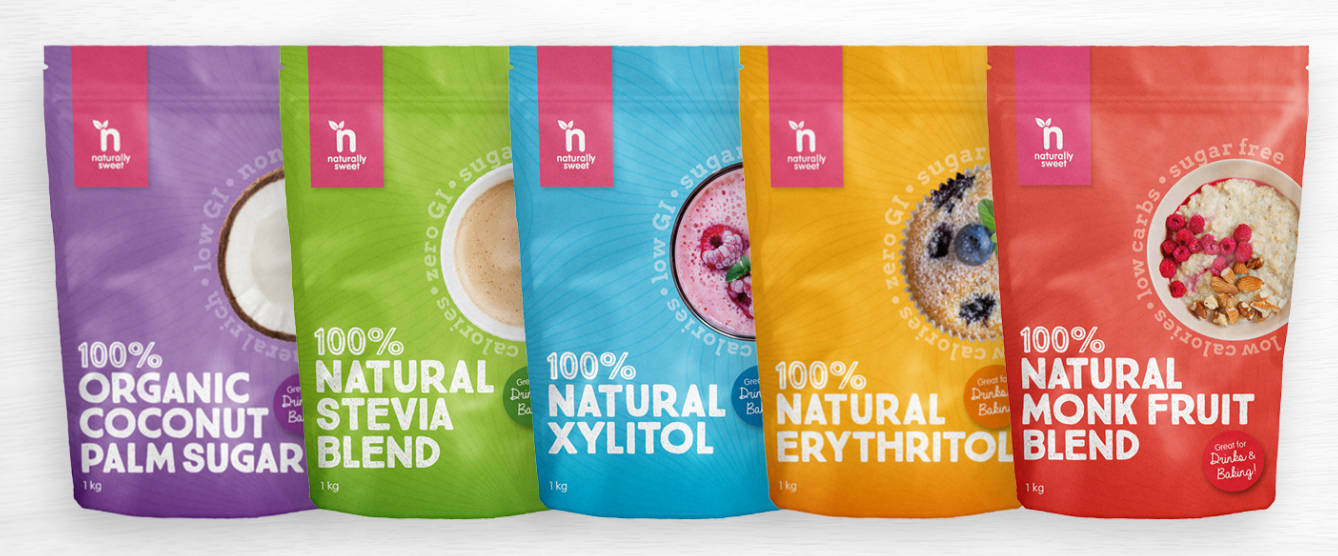Cooking With Stevia
For regular monthly recipes, check out our Blog here.
Infused with the goodness of nature, Stevia is heat stable up to 200 degrees Celsius or 392 degrees Fahrenheit and is non-fermentable. This allows Stevia to be used for cooking and baking a variety of foods, unlike artificial sweeteners. All over the world Stevia is being used to create the most scrumptious dishes from the delectably sweet chocolate chip cookies to ginger ale. Chefs around the globe are using Stevia and its products to create the finest and most palatable dishes.
Cooking And Baking With Stevia
Stevia's excellent stability against pH, salt and/or high temperature conditions makes it an ideal sugar substitute for many baking and cooking applications. The same cannot be stated for aspartame, saccharin and most other synthetic sweeteners.
Heat destroys these synthetic sweeteners, at times as low as 86° F, or 30° C, leading to well publicized negative side effects. This is one of the reasons why the tastes of artificial sweeteners, once poured into hot coffee or tea and left standing, changes significantly. Stevia is compatible with salts, organic acids and other natural sweeteners such as sucrose, molasses, barley malt, honey, fructose and sorbitol. It does not ferment, colour or precipitate. It can be used in appetizers and beverages, soups, salads and vegetables, breads and rolls, casseroles, pies and pastries. However, Stevia does not work well with yeast breads which need the "body of sugar" to rise. One should experiment to find out the right combination of Stevia (for sweeteners) and sugar (for the rising effect) to create delicious low sugar breads and pastries.


